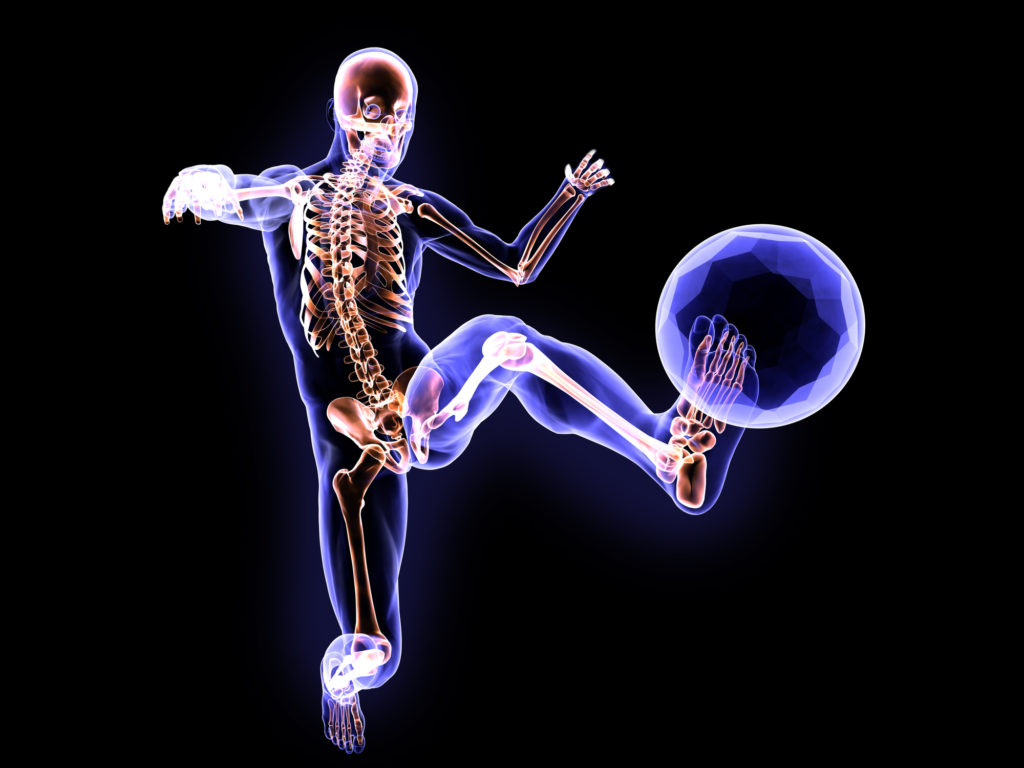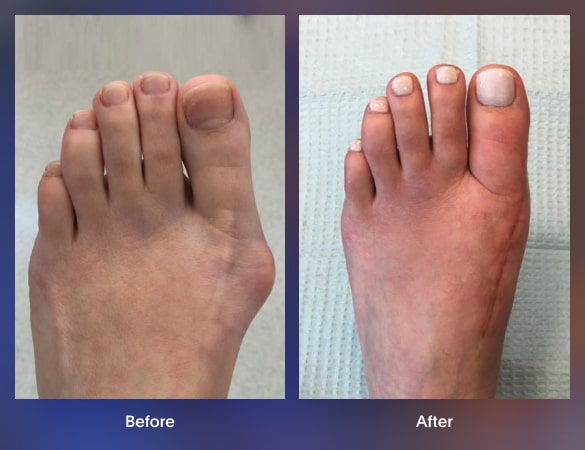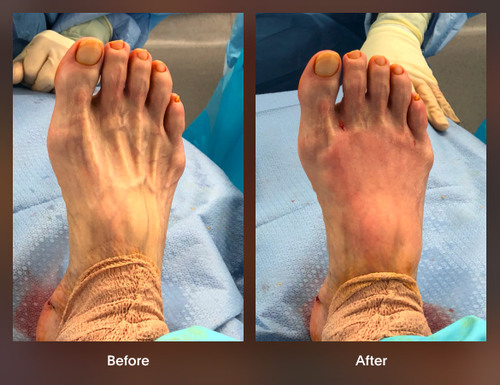

Sports medicine is a field of foot and ankle care that includes the treatment and management of sports related injuries. Whether the sport is golf, tennis, football, track and field, gymnastics, equestrian, soccer, or lacrosse foot and ankle injuries are frequent.
The injuries can be simple problems such as toenail issues and sprains to more complex injuries like bone breaks and fractures and tendinitis. The ultimate goal in treatment of sport injuries is to heal the body in a timely fashion while getting the patient strong and back to activity without the risk of reinjury.
If you sustain an injury to your foot and ankle or lower leg the doctors at the Foot, Ankle & Leg Vein Center in Boca Raton and Boynton Beach, Florida can help. With extensive background knowledge in sport related injuries and kinesiology, the study of human movement, our doctors have treated professional athletes such as dancers, golfers, tennis players, surfers and NFL football players.
To understand sport injuries, it is best to simplify trauma into two categories. Acute injuries are problems that occur from a specific incident of trauma or irritation to a part of the foot or ankle. Chronic injuries are progressive, long-standing problems that can arise from overuse and repetitive stress and strain to a body part.
With an acute injury, most people will feel pain immediately upon sustaining the trauma. Examples include feeling a pop in the back of the leg during and Achilles tendon rupture while playing basketball or rolling your ankle while running causing a sharp shooting pain. These need to be treated immediately.
Depending on the severity of the injury either conservative or surgical care may be needed. A walking boot, stiff-soled shoe or cast may be required to heal the body so that it is just as strong after recovery.
In chronic overuse injuries such as tendinitis, repetition can cause an increase in strain on a specific area. When that area cannot sustain the overload, the body responds with micro tears, inflammation and swelling, redness and inability to maintain strength and activity. An example is a dancer that has a flat foot and the main tendon that holds the arch, called the posterior tibial tendon, fails.
The athlete will have pain and swelling along the inside of the arch and ankle with pain during walking and dancing. First, the tendonitis is treated to heal and repair the tendon. After the initial healing phase, an analysis and treatment for the flatfoot is performed so that the dancer does not sustain the same injury again.


During your sports medicine consultation our doctors will perform a comprehensive history and physical exam to include gait analysis, functional assessment, x-rays and ultrasound, MRI and CT if needed, and provide a diagnosis and treatment program specific for you and tailored to your sport.
Some treatments may be basic such as taping and strapping or require immobilization in a walking boot. Newer modalities such as protein rich plasma and stem cell injection therapy as well as physical therapy modalities have helped athletes become stronger and better than prior to injury.
Orthotic management and control with the use of shoe insoles that are custom molded and designed for you and your athletic shoe where will also enhance performance.
Protein rich plasma, PRP, is a treatment where your own blood is drawn in the office, and the blood is separated to obtain the plasma portion of the blood. The plasma layer of blood has the protein rich cells which is then injected into the site of injury. This will cause the body to respond and initiate a healing cascade with an increase in vascular growth factors, protein healing cells and reparative collagen.
Stem cell therapy is another option where immature stem cells are injected into the injured area in an effort to generate cell turn over, repair and restoration of the injured area. Both area great options to use in sports medicine and finding the right procedure for you will be discussed during your consultation.
Orthotics, or shoe inserts, are used to provide a mechanical control to the foot bone structure. By wearing an orthotic in your sneaker or cleat, your foot is placed into the position that is optimal for walking or running in a normally.
By controlling the way you walk, there is less stress and strain on the bones, joints and tendons of the foot, ankle, knee, hip and low back providing proper lower extremity alignment. Orthotics may be used during the recovery period or long term to prevent new injuries.
Fat pad restoration has also been using in sports medicine. While dancing, running and twisting, there is an increase in pressure and force that is placed upon different parts of the foot. By providing cushioning to these high pressure areas, athletes have less pain and pressure not only preventing injuries but allowing for enhanced performance.
Talk to one of the specialists at the Foot, Ankle & Leg Vein Center to find out how to treat, prevent and enhance your athletic abilities.




Your questions answered
Given your symptoms, a Sports Medicine Specialist near Boca Raton and Boynton Beach, Florida, might offer an alternative perspective concerning your well-being compared to a primary care practitioner. Furthermore, you can explore your symptoms and present the findings during your consultation with the Sports Medicine Doctor to facilitate a comprehensive discussion.
Several subjects you might consider discussing with your Sports Medicine Doctor:
Being honest with your Sports Medicine Doctor, voicing your concerns, and researching your condition is essential. This is called patient autonomy and ensures high-quality care.